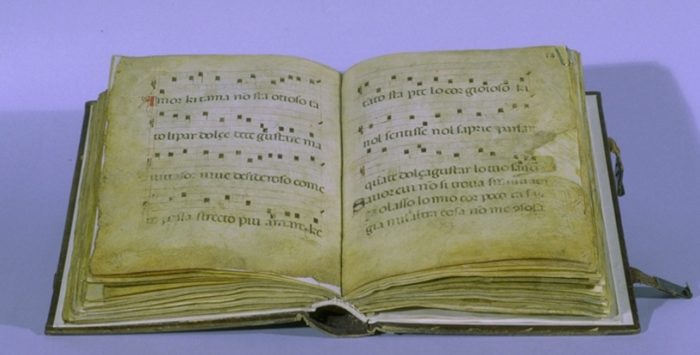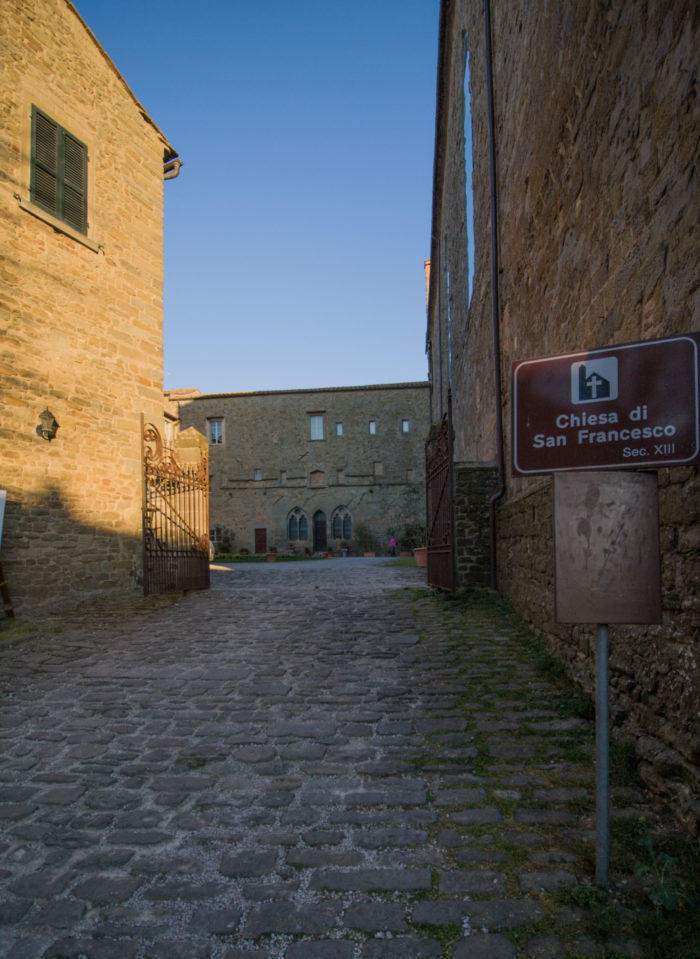Il B&B San Francesco non è un semplice bed and breakfast, bensì è un luogo ricco di storia e di fascino.
Questa chiesa venne realizzata alla metà del XIII in onore Di Francesco d’Assisi e dei suoi lunghi soggiorni in città. La forma architettonica ricorda il tipico stile francescano, e al suo interno si possono ammirare opere di artisti illustri. Si va dall’Annunciazione di Pietro da Cortona alla Vergine in gloria tra i santi di Ciro Ferri, fino alla Natività realizzato da Raffaello Vanni. Nella chiesa è conservato anche un frammento della croce di Cristo: la leggenda narra che sia stato preso a Costantinopoli dallo stesso Frate Elia.
Il legame tra San Francesco d’Assisi e Cortona è testimoniato da alcuni oggetti del santo e tuttora conservati nell’omonima chiesa: tra questi la tonaca, l’evangelario e un cuscino.
La realizzazione della Chiesa di San Francesco fu voluta dal successore del santo, Frate Elia. Nel 1247 avviò la costruzione dell’architettura, basata sui resti di un antico stabilimento termale romano. A ribadire l’importanza della chiesa per i francescani, qui venne sepolto lo stesso Elia. All’interno della chiesa riposano le spoglie di Luca Signorelli, celebre artista rinascimentale.
The curiosity
The B&B San Francesco is not a simple bed and breakfast, but is a place rich in history and charm.
Here, the Laudario Cortonese was written, the oldest known collection of Italian music in the vernacular language, as well as the only one from the 13th century. The exact date is not known, but it is believed that it was copied between the years 1270 and 1297. It belonged to the Fraternity of Santa Maria delle Laude, of the church of San Francesco of Cortona.
A testimony, therefore, of extreme importance for the history of Italian and European music and culture, given the popularity of lauda. In the thirteenth century, the Laudario Cortonese became, with the Franciscans, a means of preaching their contemplative lifestyle through the figure of the roving storyteller/singer who was redeemed and transformed into a popular instrument of the word of God. These spiritual “folk songs”, called Laude, began to be sung especially in the brotherhoods called ‘dei Laudesi’.
But the curiosities about the B&B San Francesco do not end here, in fact, the convent was also the residence of the religious Francesco Moneti, astronomer and scholar of the fourteenth century. For this very reason the room from which he used to observe the stars was called, in his honor “Observatory”.






